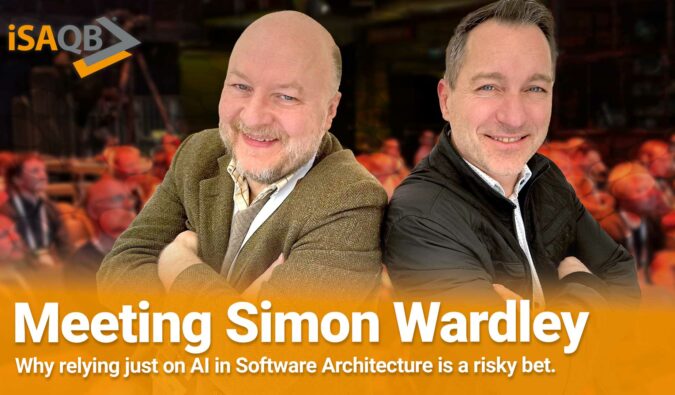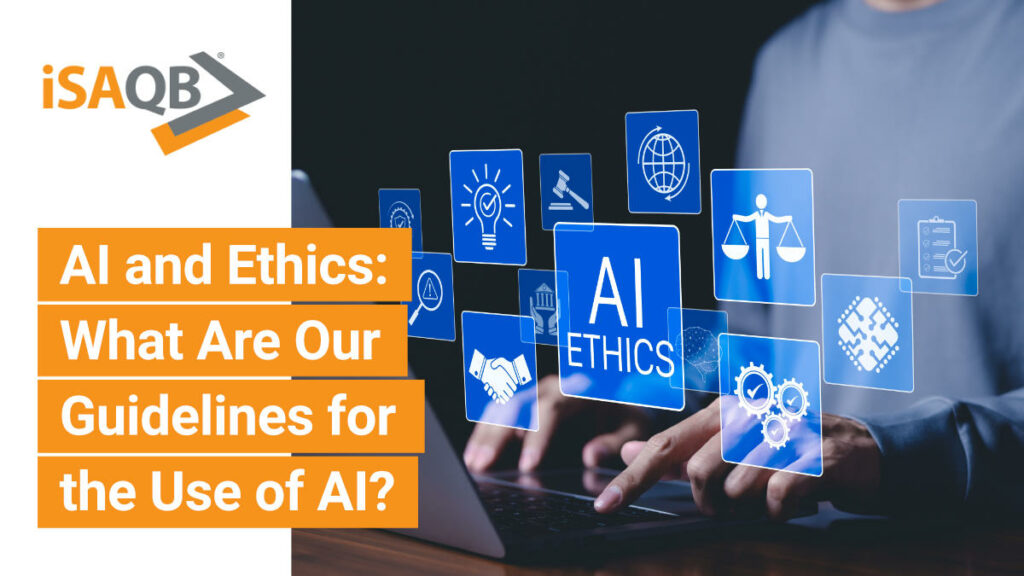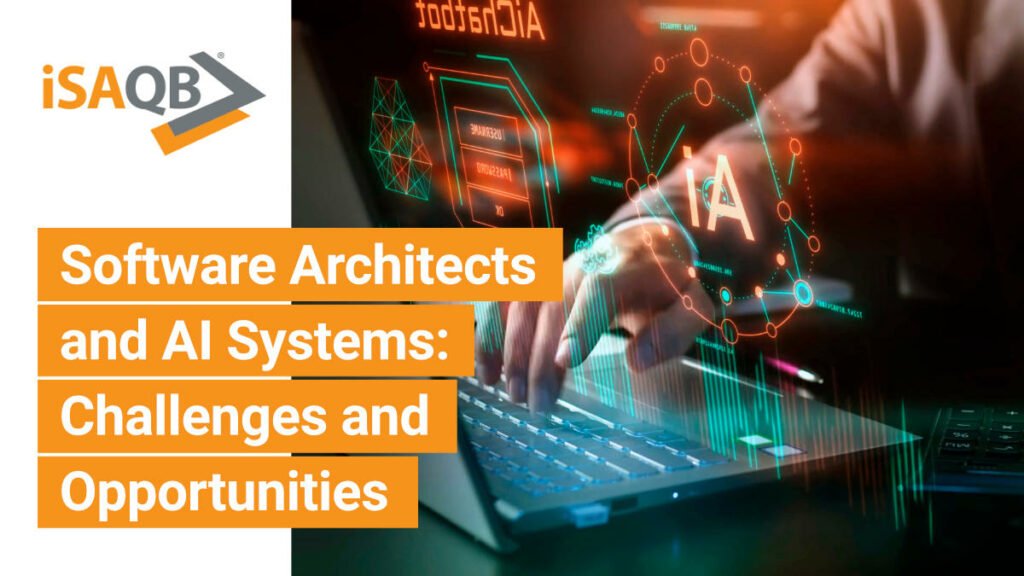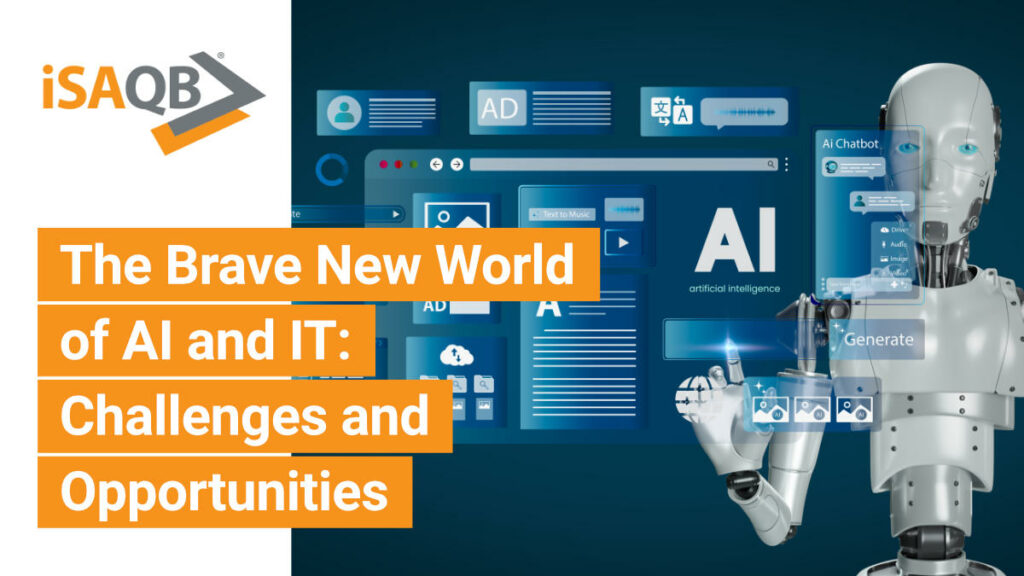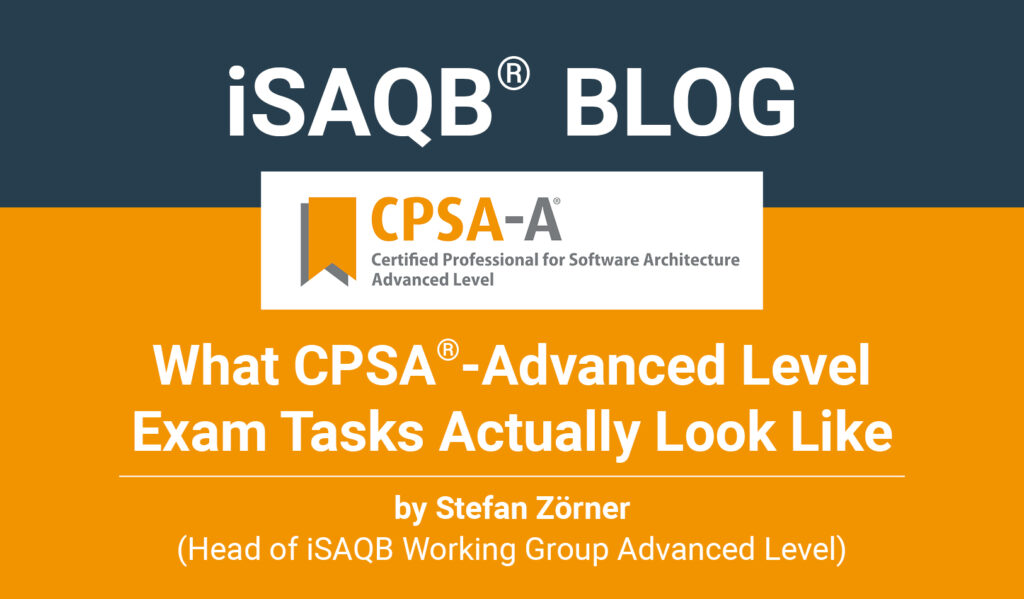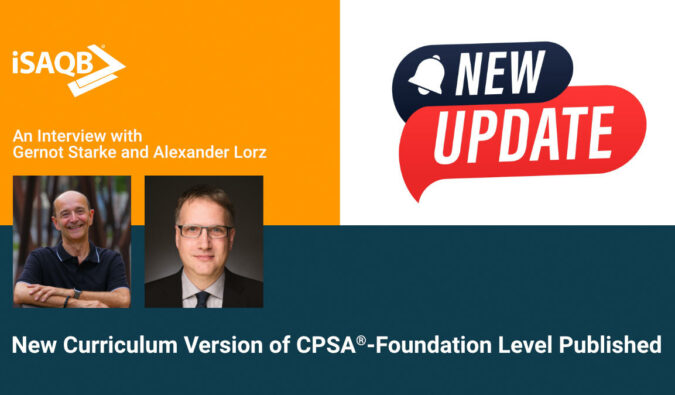Exploring the Power and Pitfalls of AI in Software Architecture
An Interview with Simon Wardley, Inventor of Wardley Mapping
Mirko Hillert, Managing Director of iSAQB GmbH, had the privilege of sitting down with Simon Wardley, the inventor of Wardley Mapping, for an insightful conversation about the role of AI in software architecture. Simon, renowned for his pioneering work on Wardley Mapping, shared his perspectives on how AI can revolutionize the industry, while also cautioning against potential risks.
In this engaging interview, Simon explores the capabilities of AI in decision-making, how it can supercharge software architecture, and the potential pitfalls architects must avoid. His thoughts on the importance of critical thinking in an AI-driven world are a wake-up call for professionals in the field.
Key Takeaways:
-
AI in Strategic Decision-Making: Simon explains that while AI can assist in prototyping and coding, human involvement remains essential for architectural decisions. It’s crucial not to blindly trust AI without reviewing the code.
-
Strategic Mistakes in AI Adoption: He warns against three major mistakes: believing you have a choice in using large language models, assuming software engineers will be replaced by AI, and making decisions without understanding the full context.
-
AI and Wardley Mapping: Although AI can assist in generating Wardley Maps, Simon stresses that the real value lies in the conversation and the strategic thinking behind them. AI tools can support the process, but they can’t replace the deep insights and critical discussions that Wardley Mapping facilitates.
-
The Need for Critical Thinking: With the evolution of AI, the importance of critical thinking is more crucial than ever. Simon emphasizes that engineers and architects must assess the context in which AI operates and avoid being misled by its outputs.
-
Advice for Young Software Architects: Simon encourages young architects to study critical thinking and embrace the use of AI tools like large language models to enhance their workflows, while maintaining a deep understanding of the problems they’re solving.
This interview is a must-watch for anyone looking to understand how to harness the power of AI effectively while navigating its risks.


